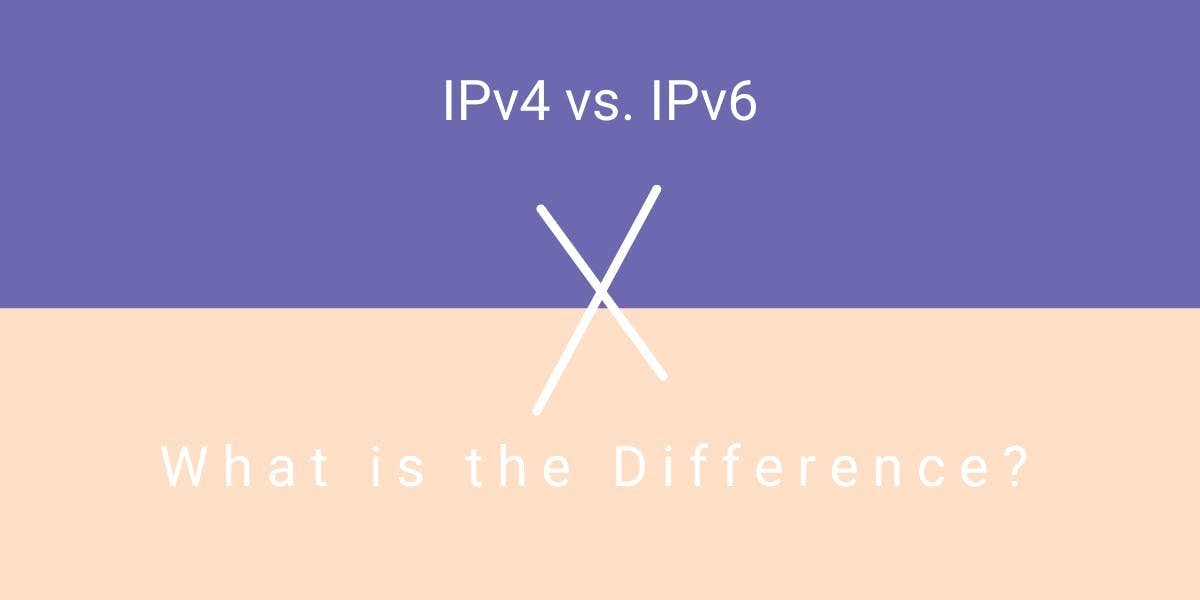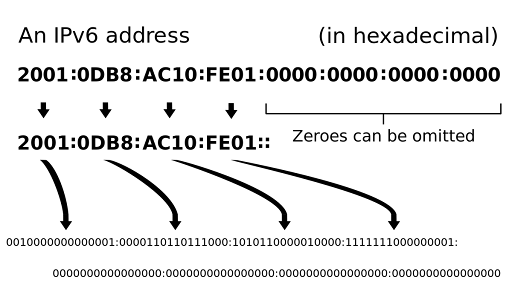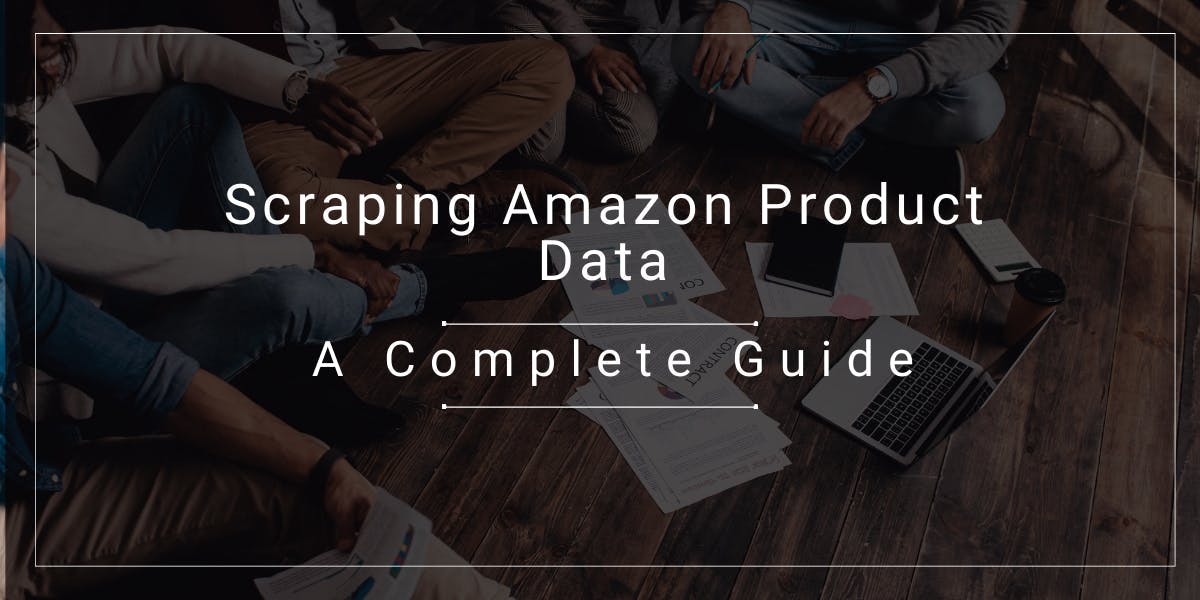IPv4 vs. IPv6: What is the Difference?
Flipnode on Apr 07 2023

Every device that is connected to the internet network is assigned a numeric address known as the Internet Protocol (IP) address. Similar to a telephone number, it is a unique combination of numbers that facilitates communication between users. The IP address serves two primary functions: it identifies users on the internet and enables computers to exchange information, or communicate, over the internet.
This article delves deeper into two types of IP addresses, namely IPv6 and IPv4, highlighting their differences and exploring the projected future of IP addresses.
What is IPv4 and IPv6?
As previously mentioned, IPv4 and IPv6 are two distinct types of IP addresses. Both serve the same fundamental purposes, namely the identification of users and facilitating communication over the internet. However, the key differentiating factor is that IPv6 is the more recent version.
IPv4 addresses
IPv4 addresses were developed in the early 1980s and remain the most commonly used IP address type by internet users. These addresses are typically expressed in dot-decimal notation, with each section representing a group of 8 bits that together form a 32-bit address scheme.

The number of unique IPv4 address combinations is limited, totaling just over 4 billion (2564). Initially, it seemed that this number would never be exhausted, but in modern times, the situation is different. In 2011, the Internet Assigned Numbers Authority (IANA) allocated the final blocks of IPv4 address space, and by 2015, it was officially announced that the US had completely run out of IPv4 addresses.
Despite this IPv4 address exhaustion, over 90% of internet traffic still relies on this protocol. However, there are ways to continue using IPv4, such as Network Address Translation (NAT), where a single IP address represents a group of devices and IP address reuse. Furthermore, the introduction of IPv6 addresses provides a solution for the issue of total exhaustion.
IPv6 addresses
Upon closer inspection, it becomes apparent that IPv6 is not an entirely novel technology. Rather, it is the latest version of the Internet Protocol, which was first introduced in 1998 as a replacement for IPv4 addresses.
IPv6 makes use of hexadecimal numbers separated by colons and is composed of eight 16-bit blocks that together form a 128-bit address scheme.

Like any other combination, IPv6 has a finite number of potential IP addresses. However, the number of possible addresses in this case is significantly higher. In theory, it is possible to generate around 3.4×1038 addresses, which may seem like an enormous quantity. Nonetheless, there is a possibility that at some point, this number may prove insufficient. At present, however, we can be confident that the current address pool will be more than adequate for the foreseeable future.
Difference between IPv4 and IPv6
IPv4 and IPv6 are both utilized for identifying users and facilitating communication between devices over the internet. However, there are notable differences between the two. IPv4 is a 32-bit numeric address, while IPv6 is a 128-bit alphanumeric address, with dots and colons used as separators, respectively.
Having discussed each IP address type individually, it is now possible to compare and contrast the two protocols. In total, eight main differences have been identified between IPv4 and IPv6.
- Address Types: IPv4 has three types of addresses - multicast, broadcast, and unicast. IPv6 also has three types of addresses - anycast, unicast, and multicast.
- Packet Size: The minimum packet size for IPv4 is 576 bytes, while for IPv6, it's 1208 bytes.
- Number of Header Fields: IPv4 has 12 header fields, while IPv6 supports eight.
- Optional Fields: IPv4 has optional fields, but IPv6 has an Extension Header that allows extending the protocol in the future without affecting the main packet structure.
- Configuration: In IPv4, a newly installed system must be configured before it can communicate with other systems. In IPv6, configuration is optional, depending on the required functions.
- Security: IPv4 does not prioritize security, and it depends mostly on websites and applications. IPv6, on the other hand, has integrated Internet Protocol Security (IPSec), making network security mandatory.
- Compatibility with Mobile Devices: IPv4's dot-decimal notation makes it less suitable for mobile networks, while IPv6's use of colons makes it a better choice.
- Main Feature: IPv6 allows for direct addressing due to its vast number of possible addresses, while IPv4's widespread support by many devices makes it easier to use.
IPv4 or IPv6: which one to use?
Determining which IP address to use, IPv4 or IPv6, is not a straightforward decision. While IPv6 addresses are crucial for the future, using IPv4 addresses as a workaround once we run out of unique addresses can cause internet speed issues and other problems. Additionally, new technologies and products may require IPv6. Although IPv6 is not significantly faster than IPv4, transitioning from IPv4 to IPv6 would provide the internet with an immensely larger pool of unique IP addresses.
However, there is a complication: IPv4 and IPv6 cannot communicate with each other, making integration and adoption of IPv6 difficult. Currently, most websites and applications only support IPv4. Suddenly changing the IP address of every device would cause significant disruptions.
Therefore, a step-by-step process is required, such as using Dual Stack, which enables both IPv4 and IPv6 protocols to operate simultaneously, allowing users to access content using either protocol.
What do you need in order to use IPv6?
Compatibility with IPv6 requires compatible operating systems. Windows Vista and newer versions of Windows, modern Mac OS X versions, and Linux are examples of compatible systems.
Most routers do not support IPv6, so it's important to check the specifications of your router if you're interested in trying it.
Internet Service Providers (ISPs) also need to provide support for IPv6. Even if you have a compatible operating system and router, your ISP must offer an IPv6 connection for you to use.
IPv6 vs IPv4 security
IPv6 was designed with security as a priority, which is why it includes IPSec as a built-in feature. In contrast, IPSec is only an optional addition to IPv4.
What is IPSec?
IPSec, short for Internet Protocol Security, is a network protocol that ensures secure communication between devices by authenticating and encrypting data packets. Encryption involves converting the data into a secret code that can only be understood by authorized parties. It plays a crucial role in safeguarding information transmitted over public networks, keeping it protected from unauthorized access.
Although IPv4 can integrate IPSec, it can be concluded that IPv6 has an advantage in terms of security because it already has integrated IPSec. Having security measures integrated from the beginning simplifies the process and ensures better security for communication between devices.
Conclusion
The adoption of IPv6 as the primary protocol for IP addresses is a lengthy and complex process. While IPv6 is the way forward, it is still recommended to use it in conjunction with IPv4 due to the limited support for IPv6 addresses by most websites and applications. The simultaneous usage of IPv4 and IPv6 is known as Dual Stack.



